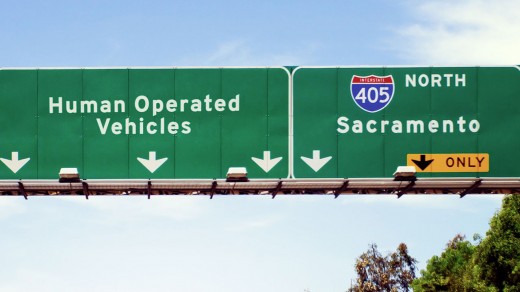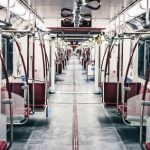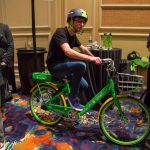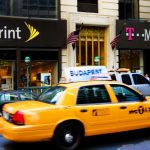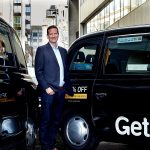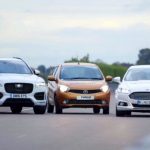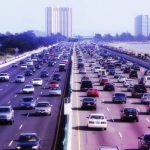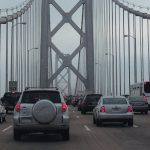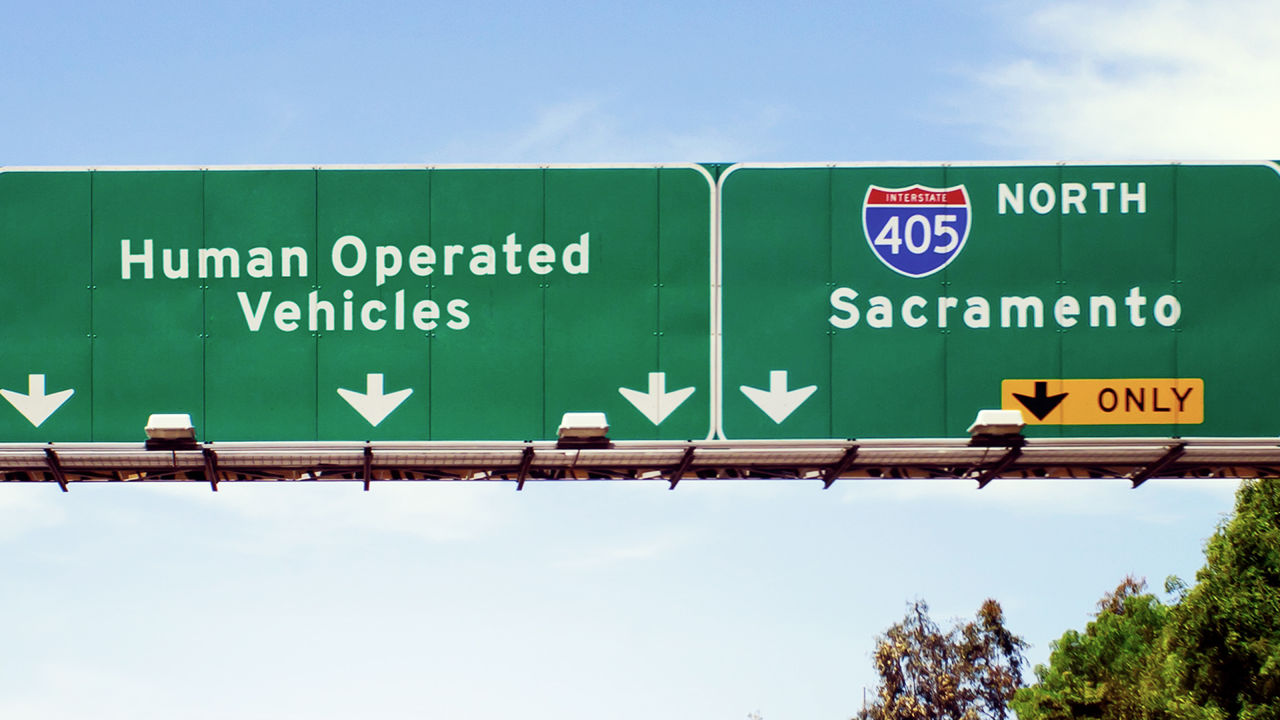Welcome To The gradual site visitors movement
With driverless vehicles, the gradual lane is the place you’ll be able to get in advance, writes argodesign’s Jared Ficklin.
April sixteen, 2015
Prediction: In best a few years, a robotic cab trip becomes a part of the Vegas weekend, and any individual you recognize owns a car that parks itself—as in, he pulls as much as the storefront, walks within the shop, and lets the auto force away to seek out its own area.
The technology already exists to make these predictions a fact. In up to date months we’ve seen breathless YouTube movies from Volvo and Ford, a constant move of press a few Google automotive, Elon Musk’s proclamation that human drivers might be illegal, and only a few days ago, an Audi drove itself from San Francisco to NY city.
the biggest hurdles left for self-driving automobiles are some expertise refinements like weather-proofed sensors and government legislation, however Las Vegas (being the bone-dry, White Tiger sanctuary it’s) might get away with providing driverless taxis as a novelty. in a similar way, a private retail parking storage could bend public safety regulations to redefine “concierge service” for its shoppers. A novelty journey on the Vegas Strip and piloted parking at your native mall may in reality kick-start the early adoption process for self reliant autos, launching entire world of automobile features that have nothing at all to do with using, however a lot more to do with extending the digital way of life. those features may entice us into touring slower.
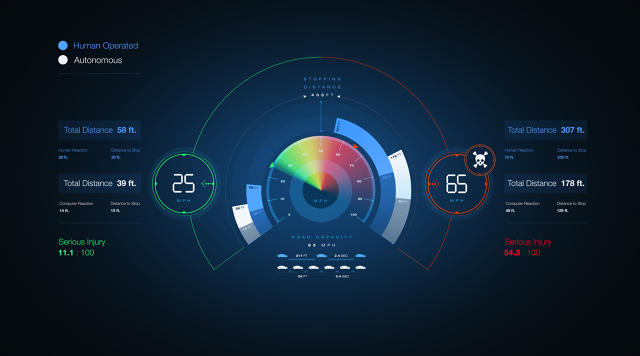
A candy ride
think about what’s that you can think of when a self-using automobile syncs together with your smartphone. How long will it be earlier than including a dentist appointment to your calendar prompts an offer for a Google automobile to return decide you up?
The pickup time will of course be perfectly Waze-calculated to deliver you to your dentist’s administrative center on time. (no longer the traditional, human-calculated, wait-except-the-last-minute-and-end-up-rushing departure time.) perhaps Google notices you have got a Hangout scheduled 60 minutes ahead of your appointment; then they’ll supply to send a car even previous, so that you could start your call and your commute on the same time. the car can be tricked out with an array microphone, curved OLED screen, and Gigabit wireless connection. And you’re going to take that car—not just for the productivity of stacking errands and tasks, but additionally for the reason that automobile will have higher conference call acoustics than the open place of work areas the place you’re employed.
That self-driving automotive won’t speed off while you get in however quite make a choice a route designed to help you be each productive and on time; a course that ensures no wireless drop-outs, avoids including congestion to fast lanes, and keeps a percent in moderation metered to compare the tip of your call together with your arrival on the dentist’s place of business on your new crown. For roboto-mobiles, accuracy will be more essential than velocity. Self-driving automobiles actually signify no longer simply transportation however a bundle of options, and because of this they will grow to be mainstream way more speedy than conventional wisdom expects. that is also why they’re going to go slower.
services like Uber are already weaning many drivers from the wheel; the additional familiarity of piloted parking and autonomous zones will build confidence that we can do that. Then the killer apps of productiveness and entertainment will create a price for autonomous lanes the place it’s ok to let go of the wheel, most probably starting with intercity limited-access highway shuttle. These lanes will inevitably be safer, as occupants of self sustaining vehicles are able to Instagram their manner home without final result—while human drivers continue to text their approach into deadly crashes with growing frequency. As behavior shifts, the protection stats will pile up, and independent will become the preferred mode. soon, being in a car method a focal point extra on a digital expertise and less on driving. as the equation pointers in favor of self reliant, H.O.V. could come to designate special Human Operated car lanes.
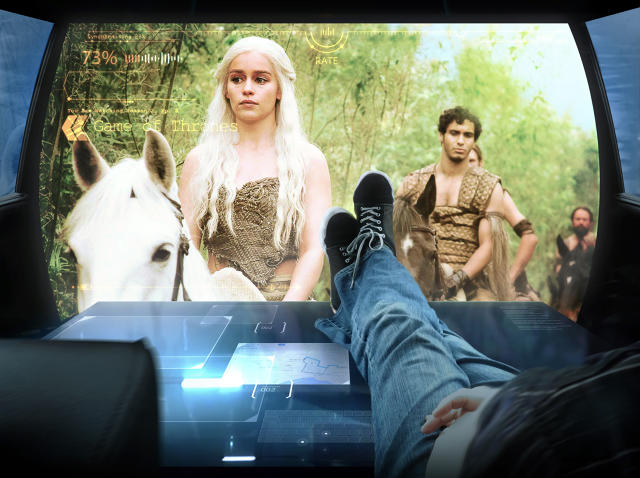
meaning to the sluggish Lane
humans on occasion speed for fun, but more regularly we do it as a result of we’re looking to decrease the unproductive time spent trapped in a car. We work until the last imaginable minute, squeezing in calls and e-mails, then rush to our vacation spot. visitors congestion happens as a result of we lack full details about transit prerequisites and lack choices to go away at any time however all through sessions of congestion.
while you take attentive using out of the automotive experience, transportation turns into time that may serve our an increasing number of digital existence, and that adjustments our relationship with pace. Mass transit commuters know a lot of this already. seem how they spend their time on the subway, and also you’ll get an idea of how leisure and productiveness features are already influencing the millennial flight to bike, bus, and teach, and how they will speed up the adoption of self sustaining vehicles. alternatively, mass transit cannot provide personal conference call setups, personalised routes, or custom-made schedules. Automakers are already working to reinvent traditional car options across the digital way of life, however they’re hamstrung with the aid of security considerations. Driverless matches the advert-hoc standard of living, and it’s the genuine chance to design the digital way of life automotive, or as Mercedes just lately showed at CES, a front room on wheels.
If we add all this up, we’re on the cusp of a new motion, one the place going slower in an car turns into a lifestyle option for many people. And that modifications the whole lot—the automobile experience, possession, what it manner to force, the whole fume equation. Even the way we build cities will also be reimagined. So whereas the dialog on self-using automobiles seems to be locked on safety and a morbid wait for the first critical accident, I choose to consider how doing away with the driving force may totally change our automotive experience. simply imagine the effects of a gradual traffic movement.
changing Your automobile’s Metabolism
If a car can force itself, we can reconsider how we lay out infrastructure. A parking garage can now have graduated levels ending in five-foot-tall floors with spaces leaving handiest a couple of inches. A suburban dwelling can have a maker house rather than the traditional storage, now a small underground car-sized cubicle where the family auto sneaks away to sleep and cost.
when it comes to charging or hydrogen fill-up or battery swap, a huge challenge is laying out fueling on the scale of human addiction. That scale seems like fuel stations, with locations that serve convenience and procrastination. Laying these items out on the scale of robotics means fewer and more opportunistic fill-ups. Two or three smartly-positioned hydrogen stations or Tesla battery swaps could serve automobiles that carrier themselves at 3:00 am fairly than dozens of human filling stations that provider cars when their house owners finally understand they’re out of gas.
As self-driving vehicles proliferate, city dwellers might now not even wish to personal one, as using turns into one thing you request in line with your vicinity, time, and rates. ownership could be left for the car enthusiast or rural denizen.
What slow looks like
staggering things can occur when one merely slows down an vehicle.
Slower means less of the bad stuff, like accidents and fatalities. whilst you decrease your using speed, your risk of loss of life plummets. On moderate, belted drivers have a 60% chance of being fatally injured when the alternate in pace is 50 mph and a 17% risk when it’s forty mph. With slower speeds—and with the fewer crashes already inherent to independent autos, because of sensors, automated braking, and vehicle-to-automobile verbal exchange—we in reality have a moon shot at engineering demise out of using. Slower manner more of the great things, like productiveness, leisure, and sleep.
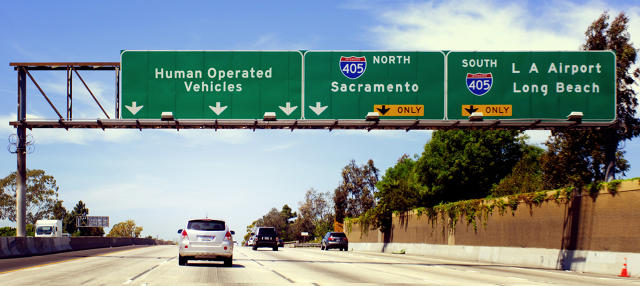
Slower is more straightforward on vehicles, roads, and also you. vehicles and roads last more whilst you slow down, and you’ll use much less gas. humans will undergo much less traffic noise, enjoy more predictable commute results, and may keep away from the stress of regular flight-or-struggle decision-making (a.okay.a. highway rage).
Slower makes essentially the most of in-demand road space. Human reaction instances require big gaps between cars to securely go back and forth at 65 mph—big gaps that put road capability to waste. Even at forty five mph, a pc’s response time is so much quicker than a human’s that it will possibly deliver an increase of forty% or more in road capacity utilization. self sufficient vehicles can nook and accelerate in an power-optimized method, and robot drivers won’t ever miss the sunshine while checking Yelp.
Take out thrill-seeking, and riding is most steadily a query of getting in different places at a certain time. We wish to get there in less time to extend alternatives for entertainment and task. velocity is a operate of time, so productivity and boredom are the real reasons for going quick. The strangest a part of this collision between our double-time, hurry-up, rush-round, get-there-(April 18, 2015) culture with the slow-down, take-a-call, post-a-tweet, get-there-on-time transportation model is just how compatible they’re. slow site visitors buys us time and gives us alternatives about what to do with it.
We humans like to live in clustered proximity, and we may never be capable to totally engineer our manner out of long automotive trips and teeming highways. but given what we’ll do in our slower, happier confinement, we won’t want cars to leave at all. Welcome to the slow site visitors motion!
[All Images: Charles Hurst/argodesign]
quick company , read Full Story
(167)

